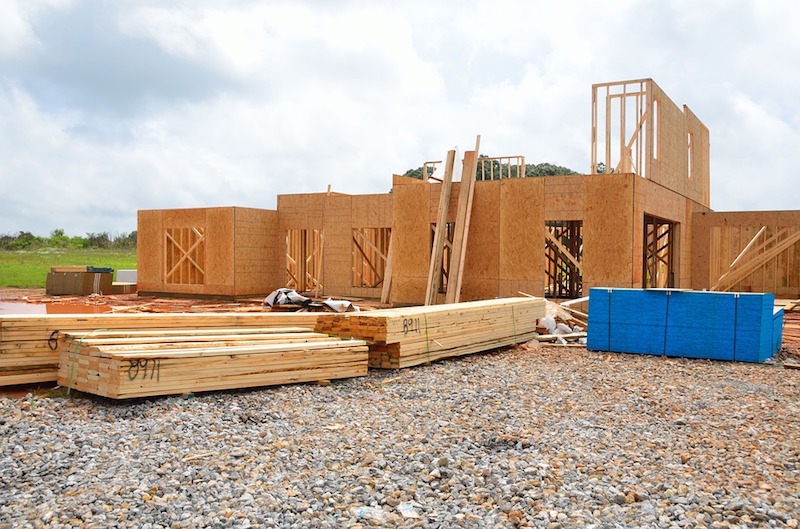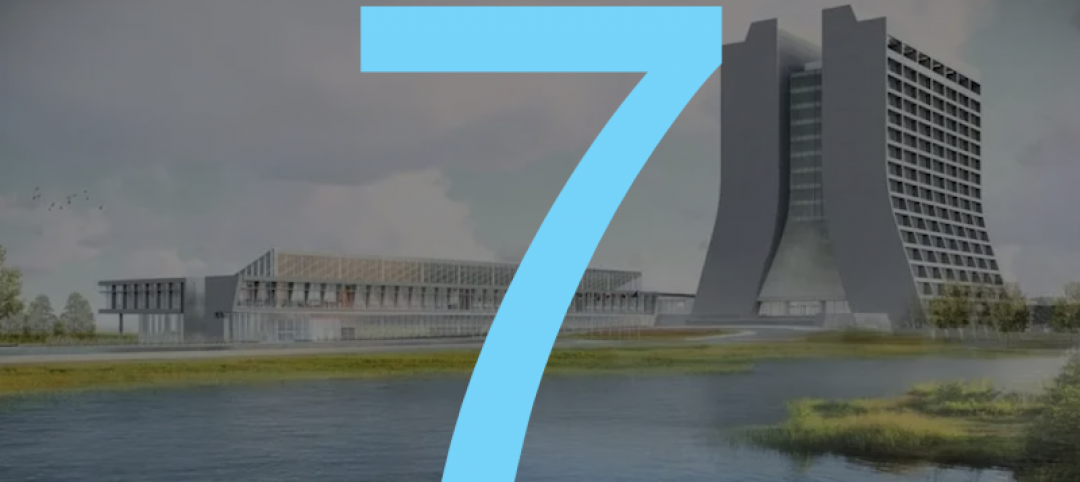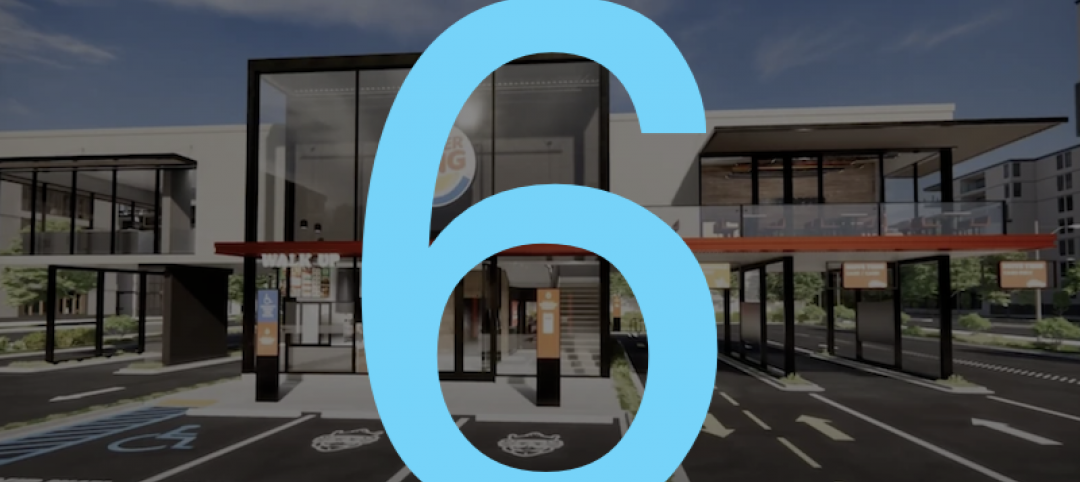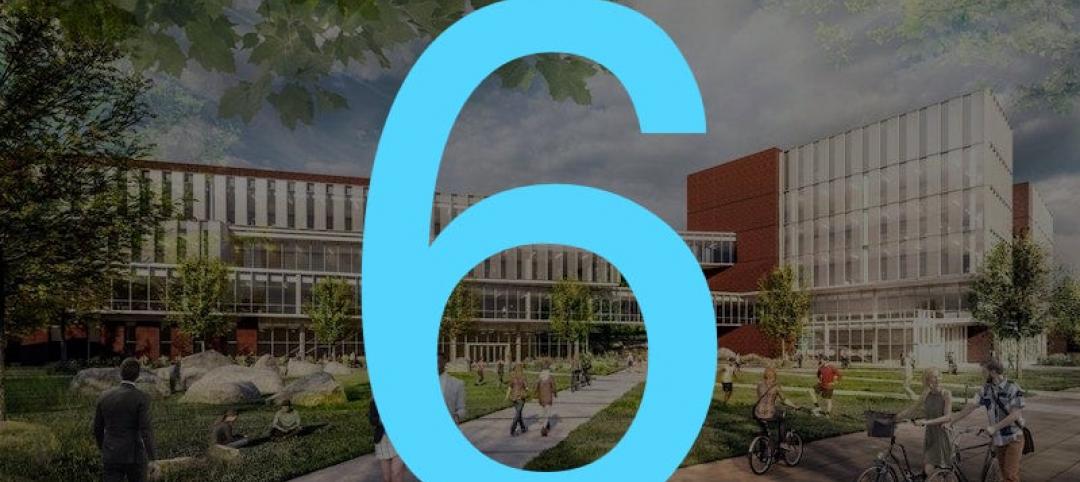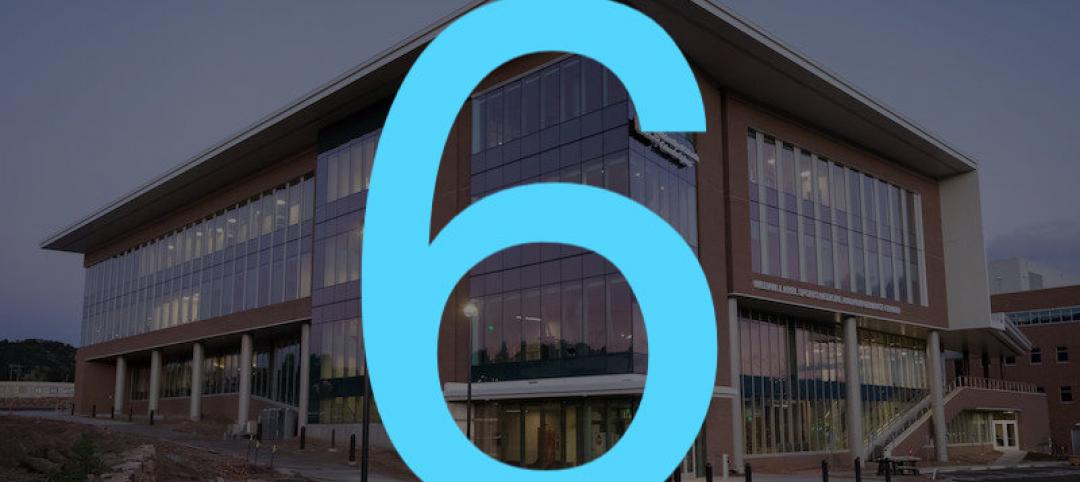Despite looming economic concerns and nearing the tail end of an extended growth cycle, the nonresidential buildings industry continues to march ahead with no major slowdown in sight, according to a panel of economists.
The AIA Consensus Construction Forecast—which consists of economic forecasts from Associated Builders and Contractors, ConstructConnect, Dodge Data & Analytics, FMI, IHS Economics, Moody’s, and Wells Fargo Securities—is projecting 4.7% growth in nonresidential construction spending in 2018 and a 4.0% rise in 2019. Both forecasts are up from the panel’s initial estimate (4.0% and 3.9%) at the beginning of the year.
“At the halfway point of the year, this panel is even more optimistic,” said Kermit Baker, PhD, Hon. AIA, Chief Economist at the American Institute of Architects. “If these projections materialize, by the end of next year the industry will have seen nine years of consecutive growth, and total spending on nonresidential buildings will be 5% greater—ignoring inflationary adjustments—than the last market peak
of 2008.”
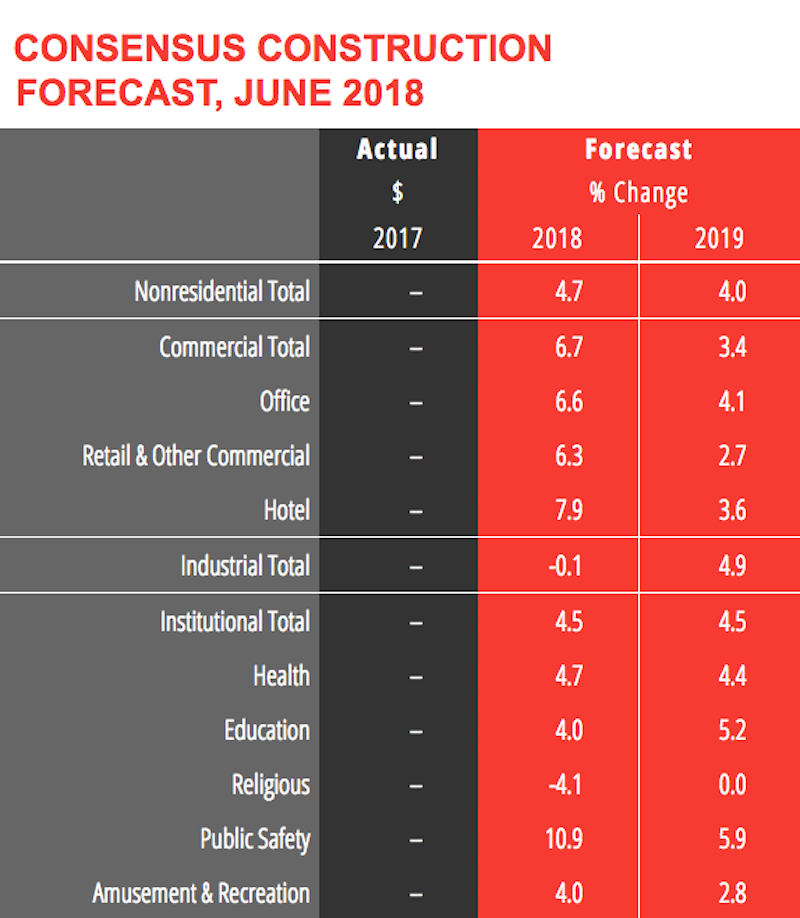 At the midpoint of the year, the AIA Consensus Construction Forecast Panel upgraded its 2018 and 2019 outlook for the nonresidential construction industry.
At the midpoint of the year, the AIA Consensus Construction Forecast Panel upgraded its 2018 and 2019 outlook for the nonresidential construction industry.
Baker and the other economists point to several bright spots for the market:
• The commercial sector continues to overperform. With numbers strong through the first half of the year, the consensus is that spending on commercial buildings will increase 6.7% this year (up from 4.4% projected at the beginning of the year), and 3.4% next year (up from 2.9%).
• More optimism surrounding institutional building activity, with a modest uptick in the forecast.
• Growing workloads at architecture firms. Firms saw healthy growth in both ongoing billings and new project activity last year, and the pace of gains for both of these indicators has remained strong through the first half of 2018.
• Business confidence levels are at their highest scores since 2004. Businesses are generally seeing a more accommodative regulatory environment, and have seen healthy growth in corporate profits.
• Consumer sentiment scores are at their highest level since 2000. The economy is on pace to add almost 2.6 million net new payroll positions this year, exceeding the 2.2 million that were added in 2017.
Related Stories
Market Data | Sep 16, 2020
6 must reads for the AEC industry today: September 16, 2020
REI sells unused HQ building and Adjaye Associates will design The Africa Institute.
Market Data | Sep 15, 2020
7 must reads for the AEC industry today: September 15, 2020
Energy efficiency considerations for operating buildings during a pandemic and is there really a glass box paradox?
Market Data | Sep 14, 2020
6 must reads for the AEC industry today: September 14, 2020
63% of New York's restaurants could be gone by 2021 and new weapons in the apartment amenities arms race.
Market Data | Sep 11, 2020
5 must reads for the AEC industry today: September 11, 2020
Des Moines University begins construction on new campus and the role of urgent care in easing the oncology journey.
Market Data | Sep 10, 2020
6 must reads for the AEC industry today: September 10, 2020
Taipei's new Performance Hall and Burger King's touchless restaurant designs.
Market Data | Sep 9, 2020
6 must reads for the AEC industry today: September 9, 2020
What will the 'new normal' look like and the AIA hands out its Twenty-five Year Award.
Market Data | Sep 8, 2020
‘New normal’: IAQ, touchless, and higher energy bills?
Not since 9/11 has a single event so severely rocked the foundation of the commercial building industry.
Market Data | Sep 8, 2020
7 must reads for the AEC industry today: September 8, 2020
Google proposes 40-acre redevelopment plan and office buildings should be an essential part of their communities.
Market Data | Sep 4, 2020
6 must reads for the AEC industry today: September 4, 2020
10 Design to redevelop Nanjing AIrport and TUrner Construction takes a stand against racism.
Market Data | Sep 4, 2020
Construction sector adds 16,000 workers in August but nonresidential jobs shrink
Association survey finds contractor pessimism is increasing.


